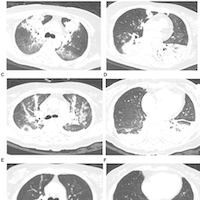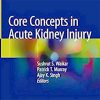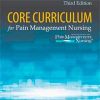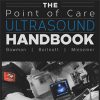Prone Position in Mechanically Ventilated Patients
link.springer.com
The use of prone position (PP) during invasive mechanical ventilation was first reported more than 45 years ago as a mean to improve oxygenation in patients with acute hypoxemic respiratory failure.
Improved oxygenation in the prone position has subsequently been confirmed in many studies.
The mechanisms by which PP improves oxygenation include better aeration and ventilation in the most vertebral parts of the lung, which continue to receive most of the pulmonary blood flow (reducing the intra-pulmonary shunt in the vertebral parts of the lung).
The aeration and the ventilation-to-perfusion ratios distribution are more homogeneously distributed throughout the lung in during PP.
Due to its combined effects of recruiting the vertebral parts of the lung, making the distribution of ventilation more homogeneous, and reducing the intra-cycle recruitment/derecruitment, PP dampens lung stress and strain stemming from mechanical ventilation (improved lung compliance, reduction in trans-pulmonary driving pressure).


















